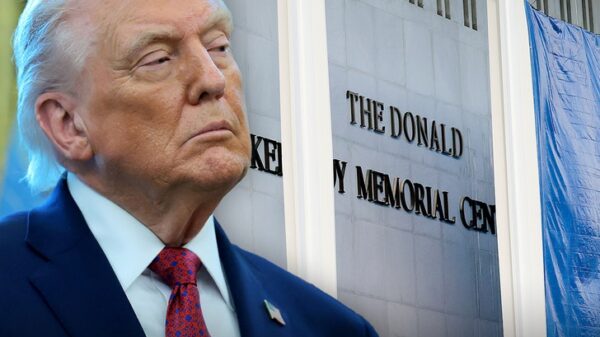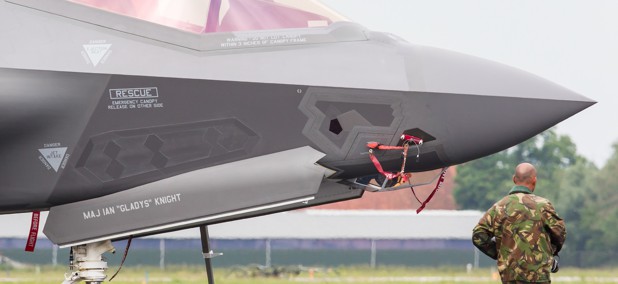The Netherlands has officially joined the U.S. Air Force’s collaborative combat aircraft (CCA) program, aimed at enhancing its fleet of F-35 fighter jets. The Dutch Defense Ministry signed a letter of intent on March 7, 2024, to participate in this initiative, which seeks to integrate advanced drone technology into their defense strategy.
Gijs Tuinman, the Dutch State Secretary for Defense, announced the partnership during a defense industry event at the Dutch embassy in Washington, D.C. He emphasized the strategic importance of this collaboration, stating, “We think that this is a unique point in time and it reinforces the partnership we have with the U.S. It also makes the world a lot safer if we can operate CCA-type aircraft in the European theater.”
This agreement allows the Netherlands to access the ongoing development of the CCA program, facilitating data sharing and input on European operational requirements. Tuinman noted the necessity for the Netherlands to maintain a balanced defense capability that includes manned, unmanned, and attritable systems.
Strengthening Transatlantic Defense Cooperation
The Netherlands has a long history of collaboration with the United States, having previously partnered on the F-16 and F-35 fighter programs. Tuinman highlighted the country’s role as a “jumping pad” for U.S. operations in Europe, reinforcing the transatlantic relationship. He also acknowledged the need for Europe to increase its defense spending to share the security burden more equitably.
In addition to the CCA program, the Netherlands signed a separate agreement with General Atomics to develop new small unmanned aircraft systems for intelligence, surveillance, and reconnaissance (ISR). Tuinman pointed out the existing gap in the drone industry for systems capable of penetrating anti-access/area-denial environments while providing diverse ISR and strike capabilities. General Atomics will collaborate with VDL Defentec, a Netherlands-based company, to engineer these new systems.
The move to enhance drone capabilities aligns with growing security concerns in Europe, particularly due to Russia’s ongoing war in Ukraine. Recent incidents, such as drone disruptions during a Dutch military exercise in Poland, have underscored the urgency of addressing these threats. Tuinman stated, “Putin is testing us in every possible way. Hybrid attacks are already taking place across Europe, including in my own country.”
Building a Robust European Defense Industry
The partnership with General Atomics and other U.S. defense manufacturers also offers an opportunity to strengthen defense industries on both sides of the Atlantic. Birgitta Tazelaar, the Dutch ambassador to the U.S., emphasized the importance of building a resilient European defense industry. She stated, “Spending more on defense means that we’re going to build up a European defense industry, but it also means that we’re going to work very well together with our American partners.”
Tazelaar highlighted the necessity of maintaining a strategic advantage in light of increasing global competition. She called for an integrated approach to defense, stating, “It is extremely important to keep our strategic advantage by working together and integrating our industrial bases to the extent that we both benefit.”
The Netherlands’ decision to join the U.S. Air Force’s CCA program marks a significant step in enhancing its defense capabilities, reinforcing transatlantic ties, and addressing the evolving security landscape in Europe.








































































